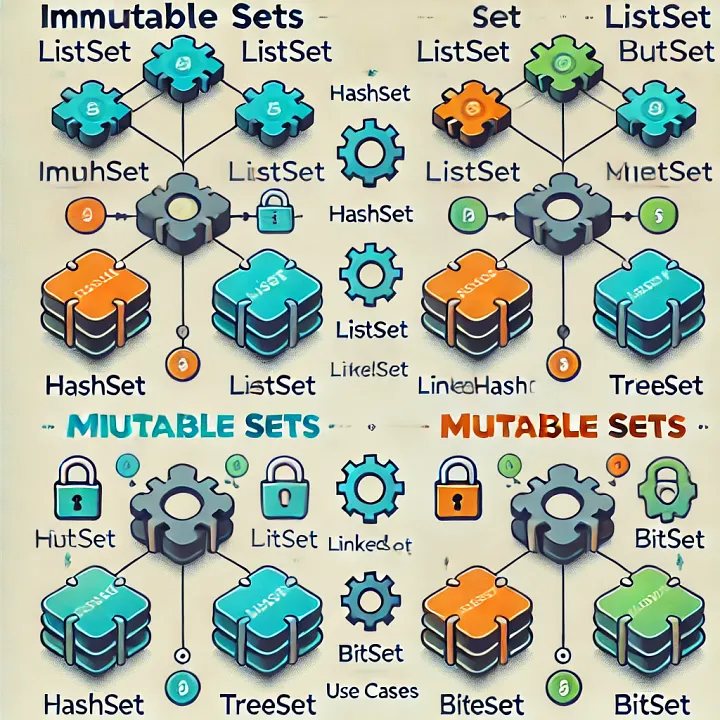Mastering Scala: How to Build a Custom Sorting Function for Arrays That Outperforms the Default
admin
#Mastering Scala: How Build a Custom Sorting Function for Arrays That Outperforms the Default #Scala array sorting example.., #Learn sorting algorithms in Scala
How to Implement a Custom Sorting Function for Arrays in Scala
Are you looking for a hands-on way to learn sorting algorithms in Scala? Implementing a custom sorting function is an excellent opportunity to deepen your programming skills while understanding the inner workings of array sorting. In this tutorial, we’ll show you how to implement a basic custom sorting algorithm in Scala using the bubble sort technique.
Why Create a Custom Sorting Function?
While Scala offers built-in sorting methods like Array.sorted and Array.sortWith, creating your own sorting function helps:
- Enhance Algorithmic Knowledge: Understand the mechanics of sorting.
- Customize Behavior: Design specific sorting rules for unique requirements.
- Boost Problem-Solving Skills: Learn to optimize code and handle edge cases.
Custom Sorting Algorithm in Scala
Here’s how you can sort an array of integers using a bubble-sort-like algorithm:
Scala Code Example
package com.developerIndian.usecase.StringType
object sortedFunctionForArray {
def mySorted(arr: Array[Int]): Array[Int] = {
var temp = 0
val len = arr.length
var newarr: Array[Int] = arr
newarr.foreach { _ =>
for (k <- 0 until len - 1) {
if (newarr(k) > newarr(k + 1)) {
temp = newarr(k + 1)
newarr(k + 1) = newarr(k)
newarr(k) = temp
}
}
}
newarr
}
def main(args: Array[String]): Unit = {
val arr: Array[Int] = Array(6, 1, 2, 3, 55, 4, 5)
val data = mySorted(arr)
println("Sorted Array:")
data.foreach(i => print(i + " "))
}
}
How It Works
- Input Array: The function accepts an unsorted array of integers.
- Outer Loop: Iterates over the entire array multiple times to ensure sorting.
- Inner Loop: Compares each pair of adjacent elements and swaps them if they’re out of order.
- Final Output: Returns a sorted version of the array.
Output Example
For the input array [6, 1, 2, 3, 55, 4, 5], the output is:
Sorted Array: 1 2 3 4 5 6 55
Advantages of Custom Sorting
- Educational Value: Learn the logic behind sorting algorithms like bubble sort.
- Custom Features: Tailor sorting behavior to fit specific requirements.
Limitations of Bubble Sort
- Inefficient for Large Data: With a time complexity of O(n²), bubble sort is not suitable for large datasets.
-
Not Production-Ready: For practical purposes, built-in sorting methods like
Array.sortedare more efficient.
Optimizing the Code
For faster and more efficient sorting, use Scala’s built-in methods:
val arr: Array[Int] = Array(6, 1, 2, 3, 55, 4, 5)
val sortedArr = arr.sorted
println(sortedArr.mkString(" "))
This approach leverages Scala’s highly optimized sorting algorithms.
Conclusion
Creating a custom sorting function in Scala is an excellent way to sharpen your programming and algorithmic skills. Although not as efficient as built-in methods, this exercise provides valuable insights into sorting mechanisms.
For more Scala tutorials and real-world use cases, explore our in-depth guides at orientalguru.co.in. Learn, practice, and grow with us!
